MBT PULI-NANO for soil rejuvenation and growth promotion
——Strawberry and tomato crop
Since ancient times, land has been fundamental to agriculture. In order to improve land utilization and crop yield, growers usually adopt continuous and intercropping cultivation patterns. The successive cultivation of strawberry and tomato, due to the fact that there is no break in the greenhouse or rotation of the ground between the two crops, has led to a series of problems, such as salt accumulation, soil condensation, poor root system of the crop, and poor quality of fruits and vegetables. In response, we designed the MBT PULI-NANO field experiment.
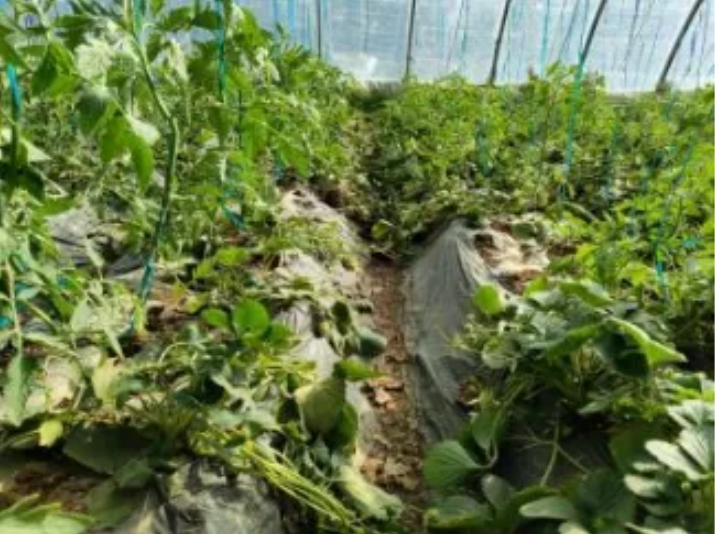
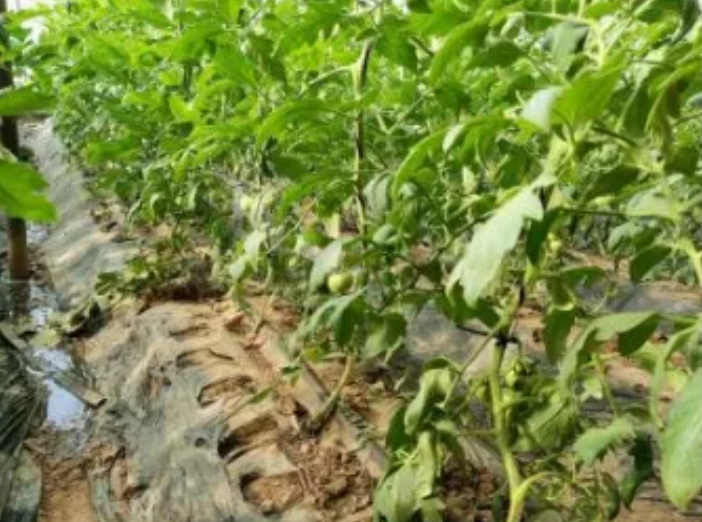
Test product: MBT PULI-NANO 5kg/mu
Intercropping situation in the previous facility greenhouse: severe soil compaction, poor permeability
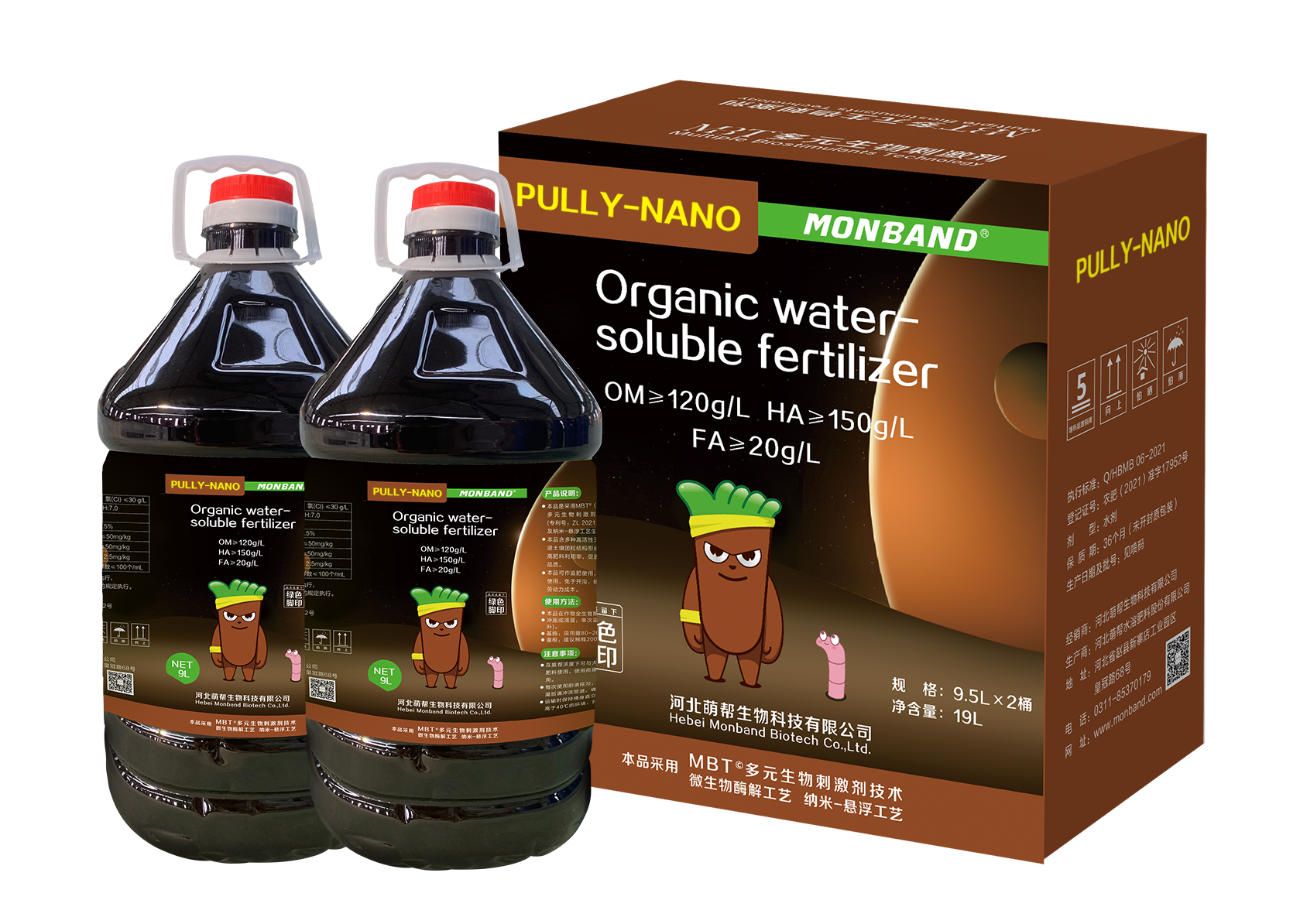
Field effect display:
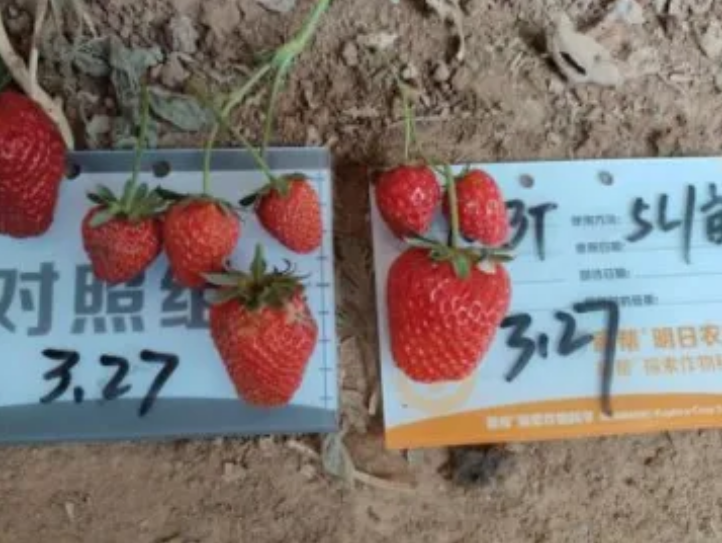
Strawberry picking comparison (MBT PULI-NANO treated area on the right, strawberries are well expanded and have good color brightness)
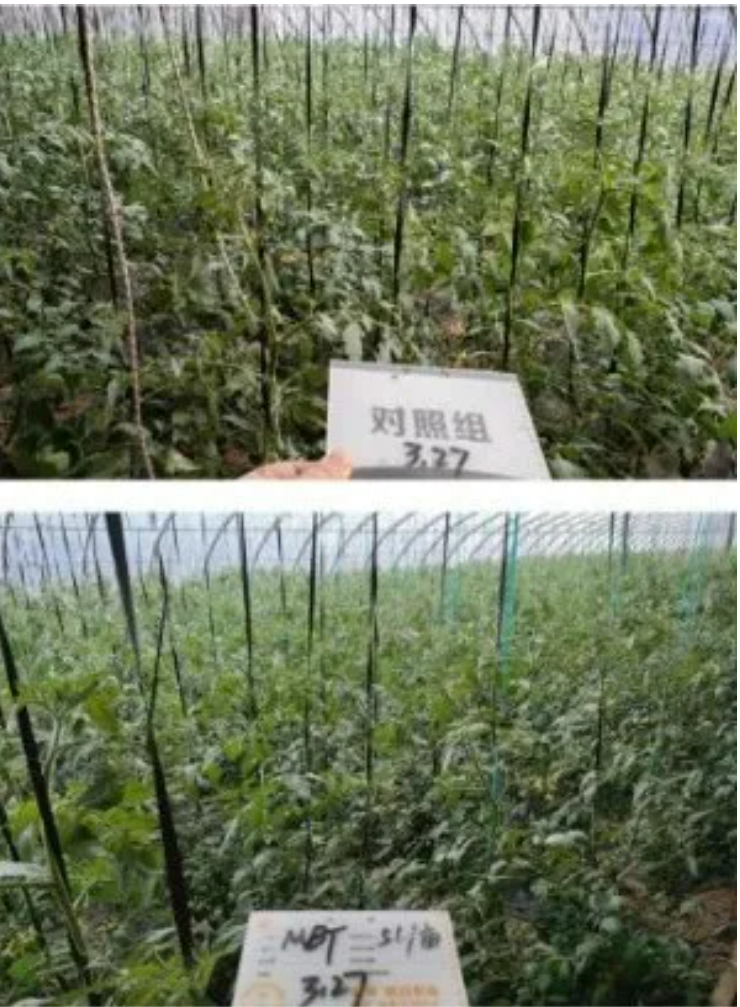
MBT PULI-NANO treatment area, with broad, plump leaves that more fully utilize photosynthesis to make more nutrients.

MBT PULI-NANO treatment area, leaf hypertrophy, large overall leaf area, promotion of fruit expansion.
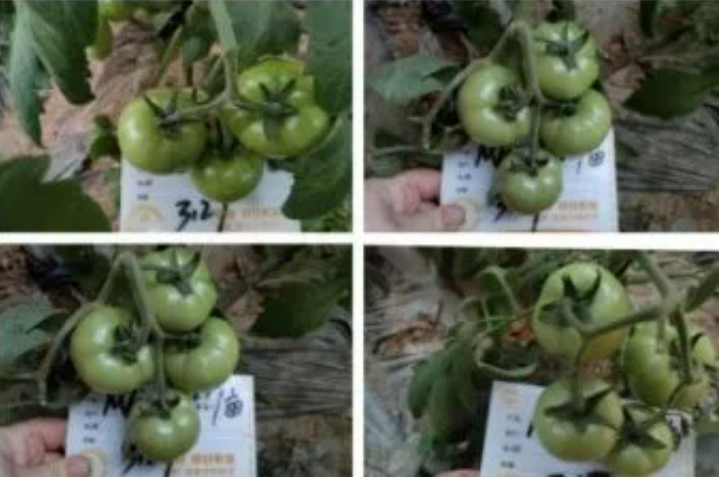
MBT PULI-NANO treatment area, fast expanding, large and uniform tomato fruits.
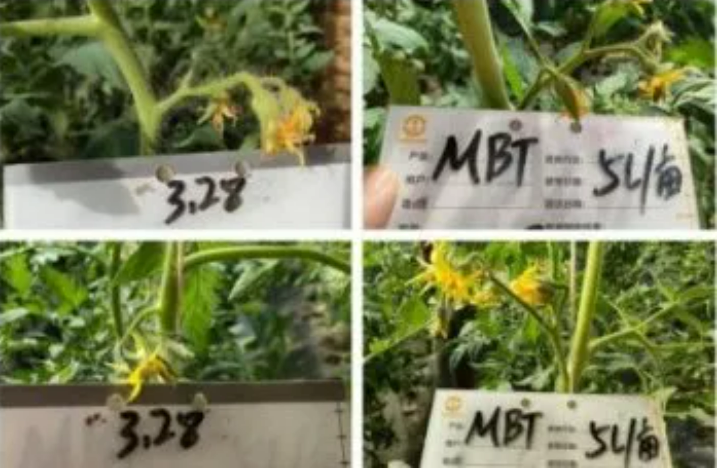
MBT PULI-NANO treatment area, Flowering spikes of the same class, with thick, strong flower stalks and a good supply of nutrients.
MBT PULI-NANO, produced by advanced microbial enzymatic process (Patent No. ZL 2021 1 0495979.4 / ZL 2021 1 0497189.X) and nano-suspension process. pH neutral. It contains a variety of highly active natural organic substances, such as humic acid, xanthic acid, polysaccharides, amino acids (β-alanine, L-isoleucine, L-proline, glutamic acid, aminobenzoic acid, etc.) and a variety of microbial secretions, etc. MBT PULI-NANO can quickly replenish the soil organic nutrients, promote the growth of the root system, promote the formation of the agglomeration structure, enhance the effectiveness of fertilizer, laying a foundation for high crop yields and quality improvement. It lays the foundation for high crop yield and quality improvement.




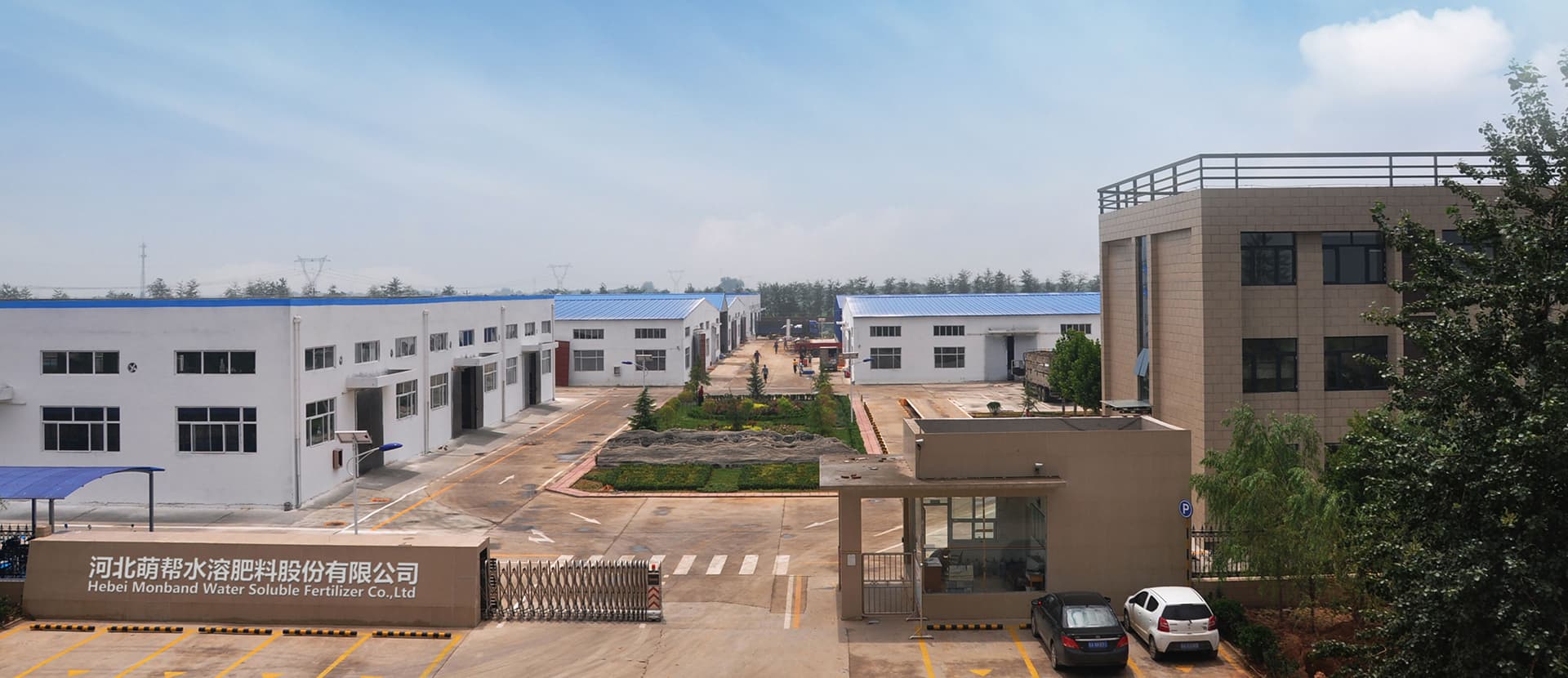
 Learn more
Learn more
 冀公网安备13019902000986
冀公网安备13019902000986